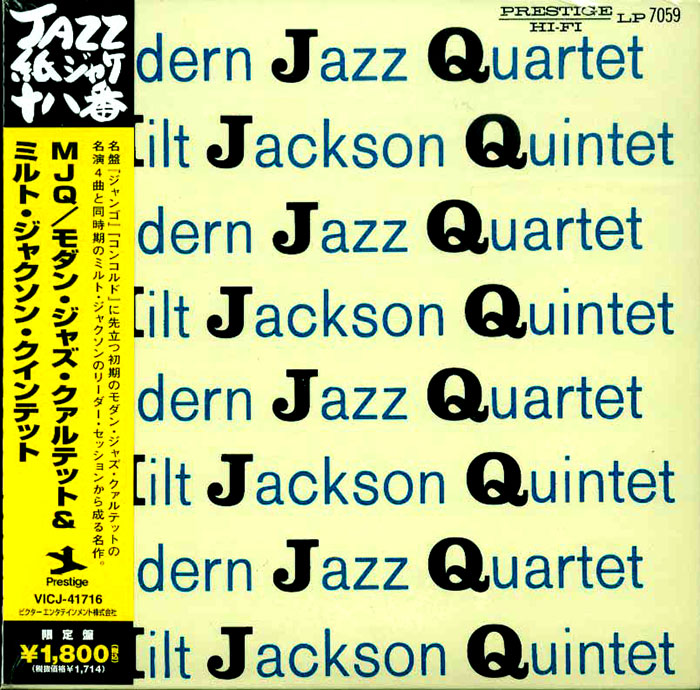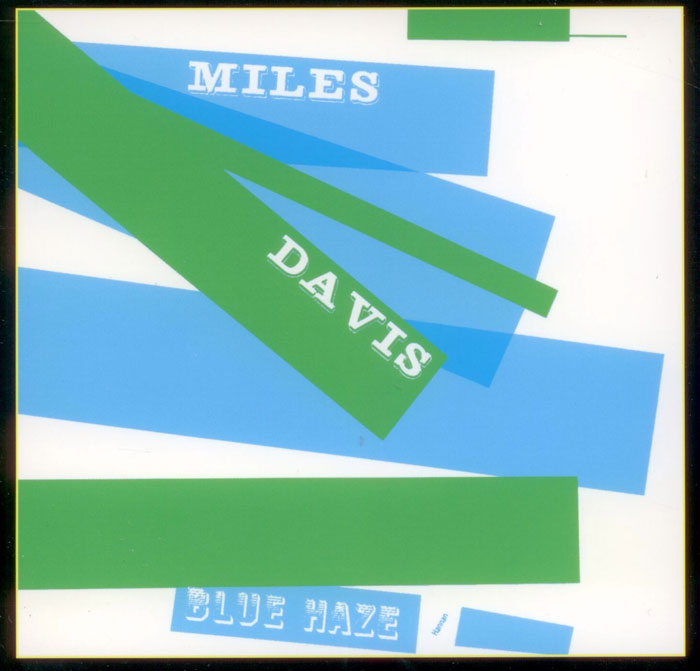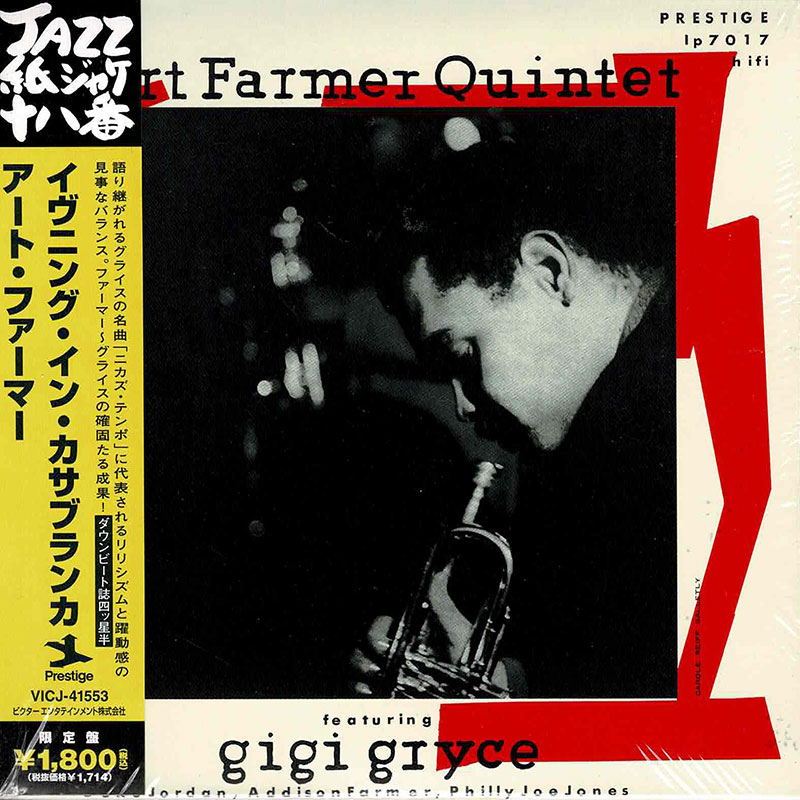Logowanie
Mikołaj - ten to ma gest!
Miles Davis, Horace Silver, Jay Jay Johnson, Percy Heath, Kenny Clarke, Lucky Thompson
Walkin'
20bit K2Super Coding - ale jak to brzmi!
Kasety magnetofonowe
Winylowy niezbędnik
ClearAudio
Double Matrix Professional - Sonic
najbardziej inteligentna i skuteczna pralka do płyt winylowych wszelkiego typu - całkowicie automatyczna
The Modern Jazz Quartet, Milt Jackson
Modern Jazz Quartet - Milt Jackson Quintet
- Modern Jazz Quartet - Milt Jackson Quintet
- 01. All the things you are (3:18) >>> Posłuchaj fragmentu <<<
- 02. La ronde (3:11) >>> Posłuchaj fragmentu <<<
- 03. Vendome (3:15) >>> Posłuchaj fragmentu <<<
- 04. Rose of the Rio Grande (2:17) >>> Posłuchaj fragmentu <<<
- 05. Opus de funk (4:10) >>> Posłuchaj fragmentu <<<
- 06. I've lost your love (5:03)
- 07. Buhaina (4:36)
- 08. Soma (5:27)
- The Modern Jazz Quartet - group
- Milt Jackson - vibraphone
20bit K2 Mastering / DIGITAL K2
AllMusic Review by Lindsay Planer [-] These eight sides have been issued under a number of alternate monikers, including MJQ (1954) and Milt Jackson Quintet (1956), among others. However, regardless of how these tracks are packaged or obtained, they remain true to the free, spirited style of Milt Jackson (vibraphone). Here, he's presented in the context of both the Modern Jazz Quartet (MJQ) as well as heading up an all-star, five-piece unit bearing his name. The MJQ features the talents of John Lewis (piano), Percy Heath (bass), and Kenny Clarke (drums), while the personnel of the quintet boasts Jackson, Heath, Clarke, Horace Silver (piano), and Henry Boozier (trumpet). Modern Jazz Quartet with Milt Jackson Quintet (1954) commences with four MJQ cuts taken from a December 1952 session. "All the Things You Are" swoons behind Jackson's plump intonations, gleaming during the notably tropical introduction. They quickly fall into place utilizing their trademark cool bop approach to swing. "La Ronde" is a Lewis original that is a distinct variation on Dizzy Gillespie's seminal "Two Bass Hit." The slippery syncopation is the perfect outlet for their highly inventive and instantaneous interaction. The same is true of "Vendome," another Lewis-penned title that contains a fugue-like arrangement, adding to the song's regal vibe. Finally, MJQ's frisky reading of Duke Ellington's "Rose of the Rio Grande" is an apt match of melody with musician. The remainder of the long player hails from a June 1954 Jackson-led quintet. Silver's "Opus de Funk" weaves together some charmingly brisk interjections from Jackson, with the author providing tasty interplay throughout. "Buhaina" serves as an essential outlet for Boozier's wide open, yet tightly reigned trumpet. His melodic sense is nothing short of impeccable and this performance rather pointedly complements his solos. "I've Lost Your Love" is a refined Jackson composition that may well be the crowing jewel of the entire effort, as its bluesy inclinations emit an unmistakably muted hue. Again it is worth repeating that this collection is available in several incarnations, any and or all of which are replete with some of the best examples of Milt Jackson's ensemble work in a pair of equally superior configurations.

































